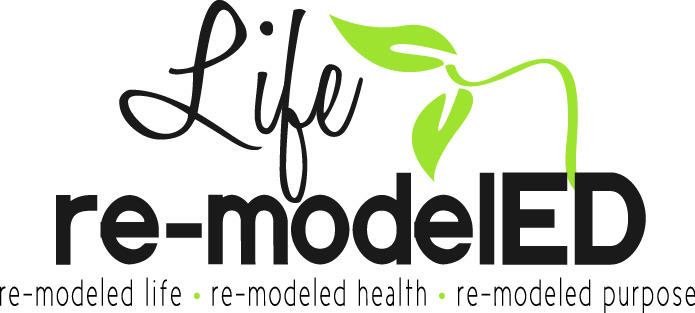Eating disorder (ED) recovery can often feel like a never-ending tunnel – a dark road with seemingly no visible light ahead. Recovery is not a clear-cut path, but instead, shaped like one big question mark. There is no guidebook that tells you how long it will take or what your life will look like after recovery. When I was going through recovery for my eating disorder, I constantly wondered what life would be like beyond this tunnel and questioned if a better life even existed. I worried that my entire life was going to be spent in the dark under ED’s rule. Could I possibly adapt to a new “ED-free” life?
Between doctor’s appointments or seeing my therapist, I was waiting. Waiting on a little glimpse of light and life beyond this disorder; waiting for someone to flip the switch so I could finally feel freedom from my eating disorder; and waiting on my mind and body to behave like everyone else’s. At times, it felt as if I couldn’t hold out. Through all of the waiting, many days, it seemed easier to resort back to destructive, comfortable habits instead of pushing through the pain.
Time went on and my body and mind finally began to mirror each other. I slowly became more comfortable eating different foods and my safe foods list doubled. ED showed up less and less in my daily thoughts as I was determined to stop the isolation from the people I loved. With the worst of recovery behind me, I renewed my mind little by little and I began my transition into freedom. My eating disorder still lived in the back of my mind, trying to pull me back into the dark, but the light was clearly in front of me and I was determined to make it to the end.
One thing I had to learn very quickly about life without ED was that there are a lot of triggers in our society. I would see others and I would have to stop myself from involuntarily comparing and tearing myself down like I used to do before I began recovery. Sadly, these triggers had the capability of sending me into an inward panic of worry and paranoia about my own body and food intake, but I learned to push through them.
“Adaptation is a profound process. Means you figure out how to thrive in the world.” – John Laroche (Adaptation)
There is no quick fix for an eating disorder. If I am ever in a stressful situation or season of my life, ED still finds a way to sneak back into my thoughts. However, I have had enough practice to know how to combat the lies of my eating disorder and not sink back into my old self-destructive ways.
At this point in my life, I feel so much freedom from my eating disorder. Yes, there are times where ED manages to control a few of my thoughts and maybe several of my decisions. However, overall, I am no longer a slave to my eating disorder. My identity and self-worth is not determined by how many calories I have eaten. I live my life in the light, where my eating disorder no longer has a complete grip on me.
If you are in recovery or still in the middle of your eating disorder, remember that there is hope for a free life. There were so many times throughout my recovery where I felt like I was trapped in my eating disorder forever, but I can say first hand that pushing through the pain is so worth it in the end. There is a freedom beyond your eating disorder. You do not and will not have to be enslaved by ED your entire life. Recovery takes time, but you can do it! Do not rush it, but push, wait, and know that you will experience freedom. It just takes time.




















